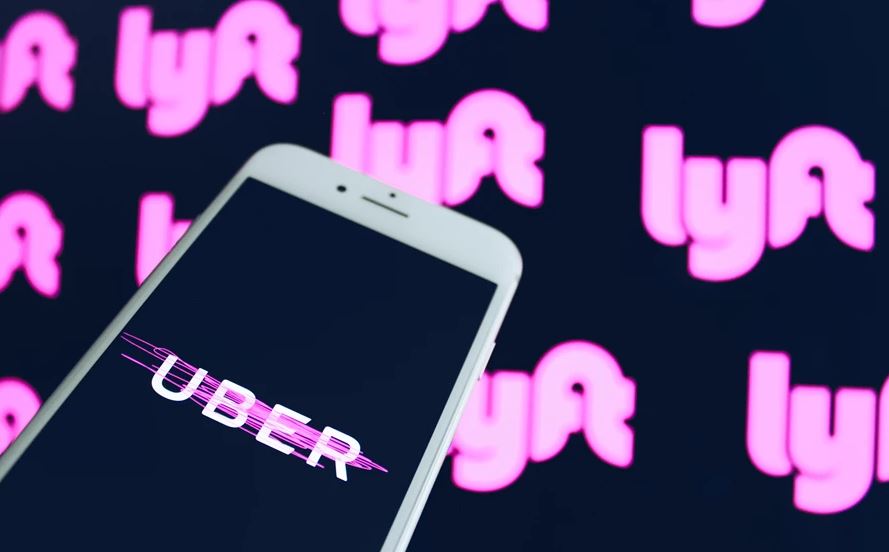 By Brad Polumbo
By Brad Polumbo
Millions of Americans, myself included, have come to rely on ride-sharing services like Uber and Lyft for convenient and affordable transportation. But in recent months, we’ve seen skyrocketing prices and long wait times just to get a ride. As it turns out, the government is to blame, to no surprise.
First, let’s be clear: We’re not just talking about anecdotes here. According to the New York Times, Uber and Lyft prices are up roughly 40 percent over the last year. And while they won’t release specifics, both companies acknowledged that wait times are higher.
This hurts real people.
For example, a New Yorker named Debora Lim told reporters that she used to spend $100 a month using Uber frequently, but now eats through her monthly budget in just two rides—with a 19-minute wait in some cases, to boot.
And a hospitality worker named Cristine Sanchez told the Times that her regular Uber ride has gone from $20 to $38 or $45. It’s now nearly as expensive as plane tickets, the woman complained.
“If the choice is to go to the Bronx or go to Miami, I’m going to Miami,” she said.
Clearly, the ride-sharing market is struggling. But what’s causing this dysfunction?
It’s simple: Uber and Lyft are experiencing a huge driver shortage. As pandemic restrictions are wound down, consumer demand for their services is fast increasing. But they can’t attract enough drivers to keep up with the demand. And when there’s a shortage of drivers paired with a glut of consumers, you inevitably end up with unusually high prices and longer wait times.
You might be wondering what any of this has to do with the government. Here’s the connection.
Uber and Lyft drivers work as independent contractors. Typically, independent contractors are not eligible for most unemployment welfare programs. However, when Congress passed an ultra-expansion of unemployment benefits in its massive COVID-19 spending legislation, it also expanded the benefits to new categories of workers—including Uber and Lyft drivers.
Thanks to an ongoing federal supplementation of existing state-level payouts, these weekly benefits are way above normal levels. Many workers can earn more by staying on unemployment welfare than by returning to work. Even jobs that pay $15+ an hour still struggle to compete with welfare, as the typical unemployed worker can now earn more than $17 an hour on benefits.
This has meant that even though Uber and Lyft are offering huge financial incentives for drivers who come back to work, they can’t lure enough off the welfare rolls to keep up. “We have not seen driver supply keep up with the demand growth in the US,” Uber’s CEO said.
Of course, we shouldn’t get angry with the drivers choosing not to return to work. As agitating as the situation may be, these people are just responding to the distorted incentives they face—it’s only human nature. The real blame for the high prices and surging wait times ridesharing customers face lies with the foolish government officials who thought they could legislate away pandemic poverty without any consequences.
Like this story? Click here to sign up for the FEE Daily and get free-market news and analysis like this from Policy Correspondent Brad Polumbo in your inbox every weekday.
Source: FEE.org
Brad Polumbo (@Brad_Polumbo) is a libertarian-conservative journalist and Policy Correspondent at the Foundation for Economic Education.
